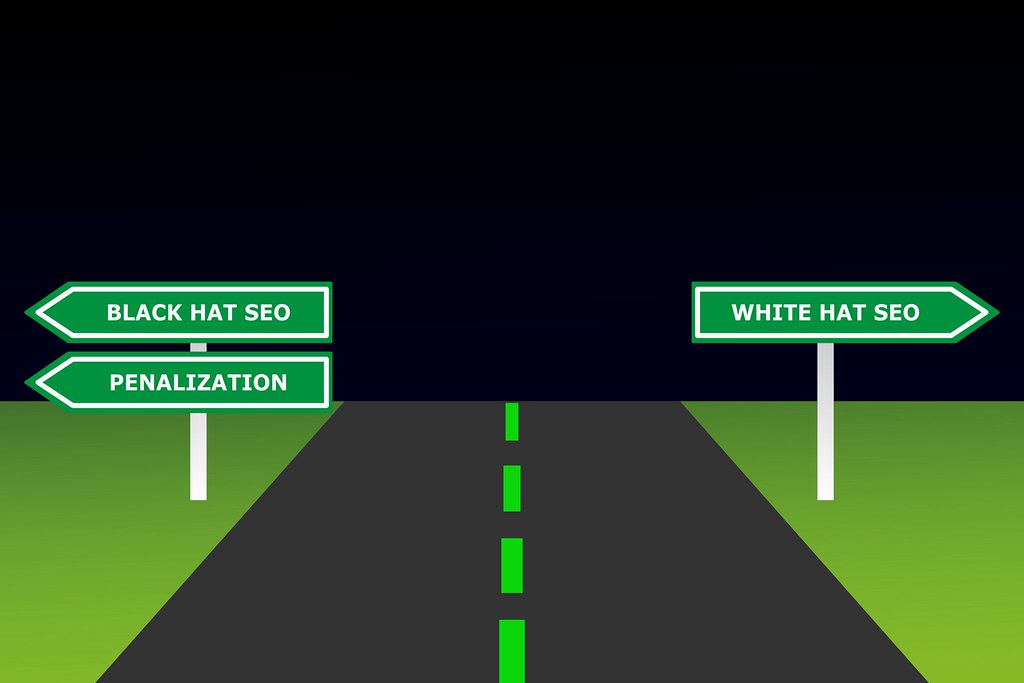INTRODUCTION TO SEO
Are you in a dilemma why your website is not gaining more traffic?
Are you in a confusion why there is a sudden drop in the analytics curve?
Do you want to know the solution for this?
Here comes SEO which is used by the big brands a lot, start-ups started using SEO effectively, digital marketers, etc.
Most of the website owners are in a view that once they build the website their job is done. They are of the view that it will get set automatically for driving traffic.
That is not correct.
There are some techniques for driving more organic traffic to your website.
SEO is one such effective technique to make your website rank in Google.
Before getting to know about SEO, let’s have a brief synopsis about how search engine evolved and worked.
SEARCH ENGINE HISTORY:
For every online platform like website, app, blog, social network, there is a search engine.
They have become a directional force and a connecting platform. Search engines have changed their pattern of us finding the information of anything.
There comes search engine, “Yahoo.” They were working well until they made the not so good move of partnering with google.
Google was hardly known to anyone as it was a new search engine at that time. When it got partnered with yahoo, things got changed drastically, and every yahoo search result was marked as “Powered by Google.”
This changed the fate of Yahoo from coming down and making Google, the number one search engine.
Until the time yahoo, search engines ranked the websites based on their content, directories, domain names, and website structure.
Google introduced the algorithm and crawler for ranking the sites changing the old patterns and emerged many new patterns to find out the quality and unique content.
Google checks the internal and external links that are linking to the website and based on that it started ranking the sites.
Though Google ranked the site based on the number of links at that time, the strategy of link building gained momentum and several industries were formed based on this link building.
People started link building to rank their site’s higher until google started thinking about a new algorithm.
Google created a Google toolbar that was very much used by all and mostly by SEO practitioners to check their page ranks (ranging from 1-10).
Google introduced Google Ads based on their organic results.
SEO experts started using Google Ads to rank their pages but google started to change its index from time to time, making fluctuations in their rankings.
Google introduced many tools like analytics, webmaster tools, xml sitemaps etc. to filter the quality content and page rankings.
These are some historical events happened and let’s move on to know about SEO.
What is SEO?

SEO stands for Search Engine Optimization.
It is a process that can be implemented on websites to gain the organic traffic and online visibility through search engines.
Search Engine Optimization is not a one-time effort. We cannot set it on auto-pilot and expect great results. There are many tricks, tactics, strategies involved in this process.
There are some other terms used until search engine optimization became official name. They are
- Website Promotion
- Search Engine Ranking
- Search Engine Registration
- Search Engine Positioning
- Search Engine Submission
- Search Engine Placement
There was another term that needs to be considered and that is Search Engine Marketing.
At one point of time, many people suggested that Search Engine Marketing is a successor to Search Engine Optimization.
But it did not happen that way.
Search engine optimization and search engine marketing go hand in hand, but one gives organic results and other paid results.
HOW SEO WORKS?

Search Engine Optimization works on the principle of three factors.
- Crawling
- Indexing
- Ranking
We must understand how the search engines works to rank the sites and how to optimize the site and make the search engine rank the site.
Google crawlers will crawl across the content of the site to store in the database and make it visible for the end user who searches with particular keyword. So keywords are important to focus on.
After crawling, google indexes the content and stores it. Whenever any new content is added in it, the content will get indexed automatically.
If any user searches for a particular keyword and if our page comes first on google, then that is nothing but ranking your page in google for that particular keyword.
You need skills and knowledge on keywords to get your content visible online.
Otherwise, no one can get your content when they search through particular keyword.
No need to be an expert, you need to know basics to get your content visible online on first page of google.
TYPES OF SEO:

- White Hat
- Great Hat
- Black Hat
White hat SEO mainly depends on the facts, data points, and statistics. Most of the times data analysts and analytics experts use the white hat SEO approach. This is most widely used approach.
Grey hat SEO is technically a legal approach for page rankings, but it can be converted to black hat approach at any point of time. So it is not much recommended.
Black hat SEO is rarely used by people as it is not good for site rankings using this approach. Google can penalize and block the page from visibility if used this approach. So it is not much recommended.
Under white hat SEO there is
- On-page
- Off-page
- Technical
These are some types under white hat to drive the traffic to your page organically.
All these types can be discussed in further blog posts.
This is a small introductory blog post about SEO and its history.
You can check out this blog for further blog posts on other important modules related to it.
Let’s have a discussion on how you are optimizing your website and let’s share knowledge on these strategies.
Thank you so much for reading this blog post till here.
Kindly comment your views on this overview blog post.